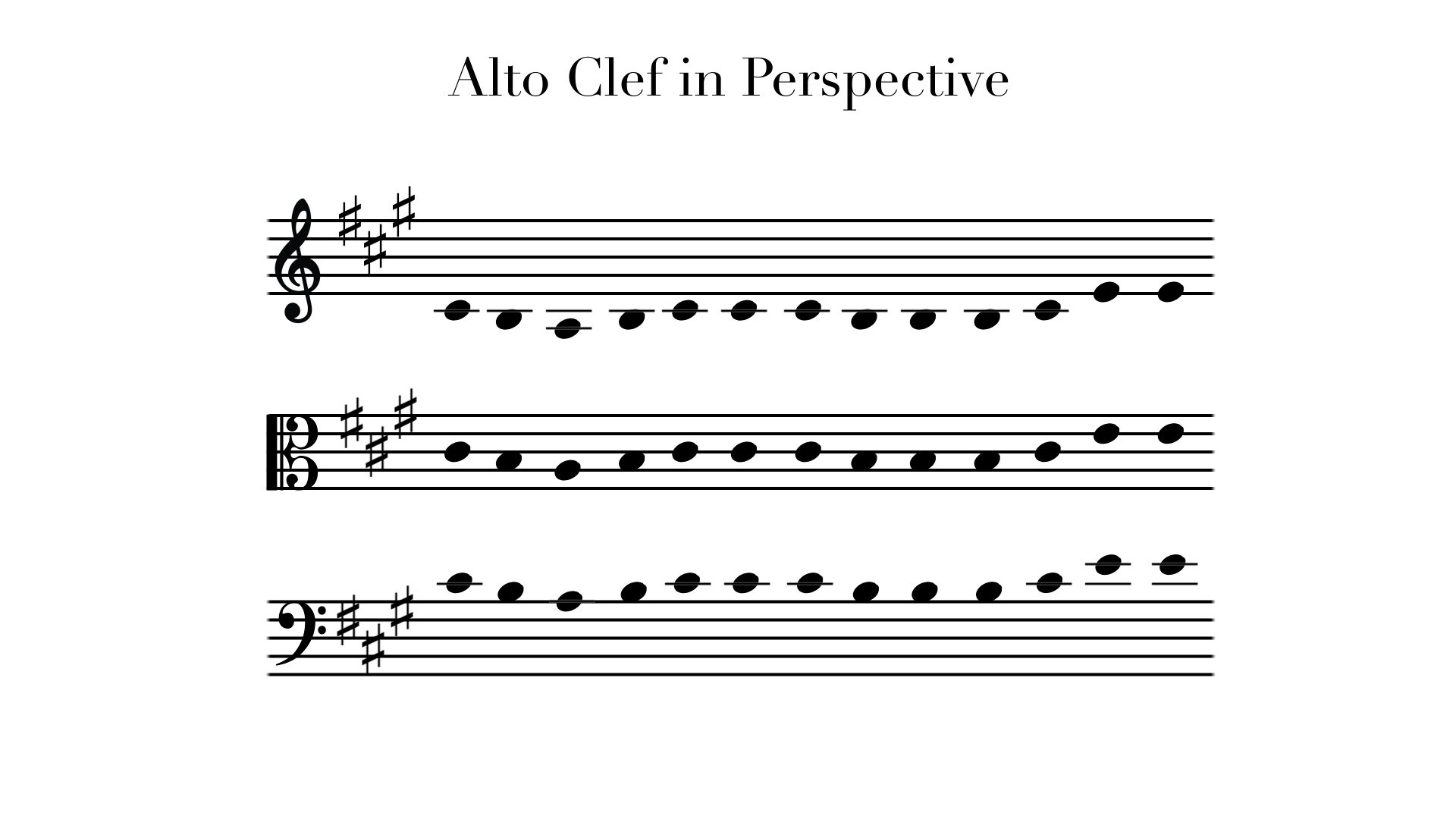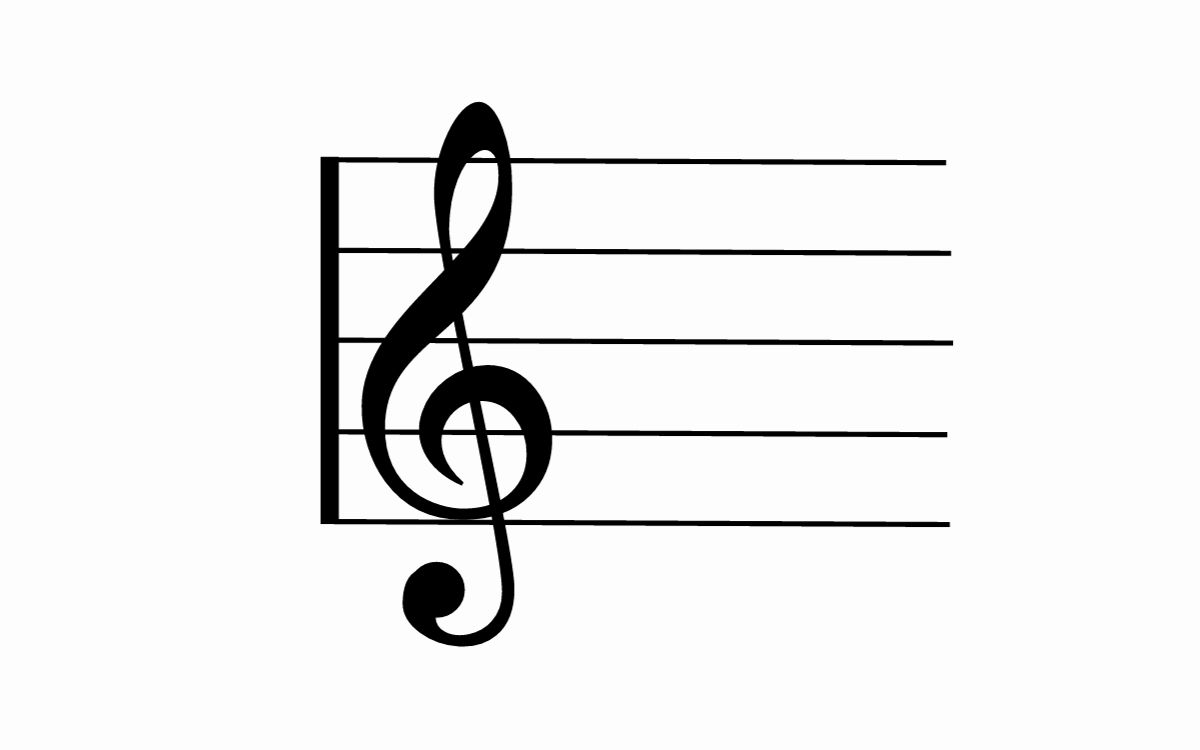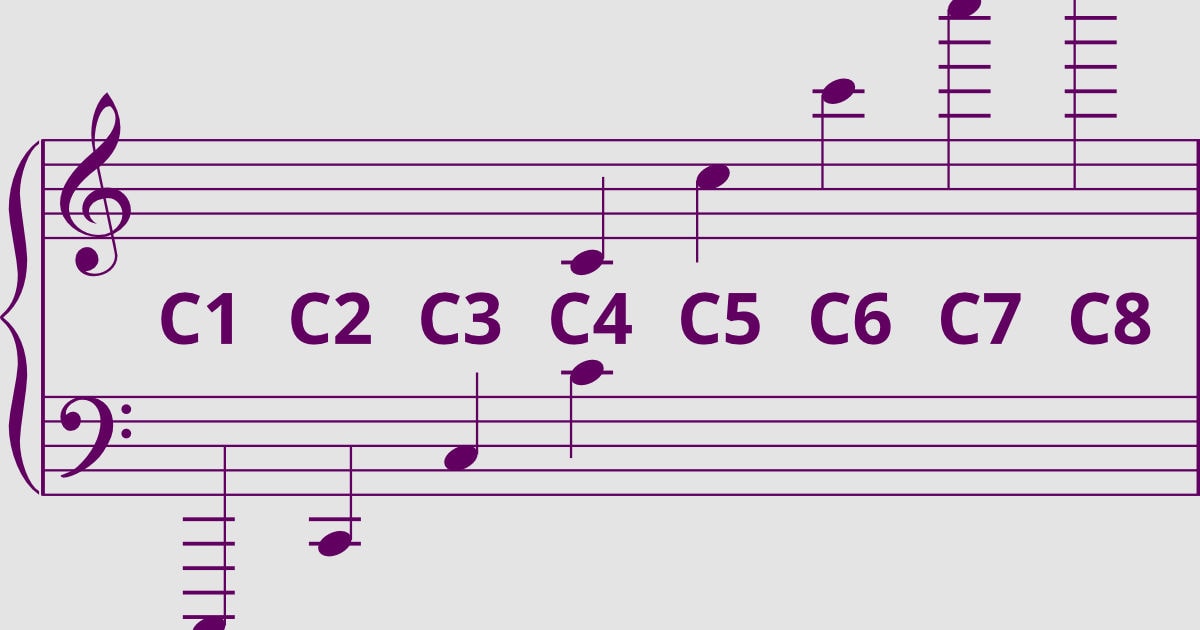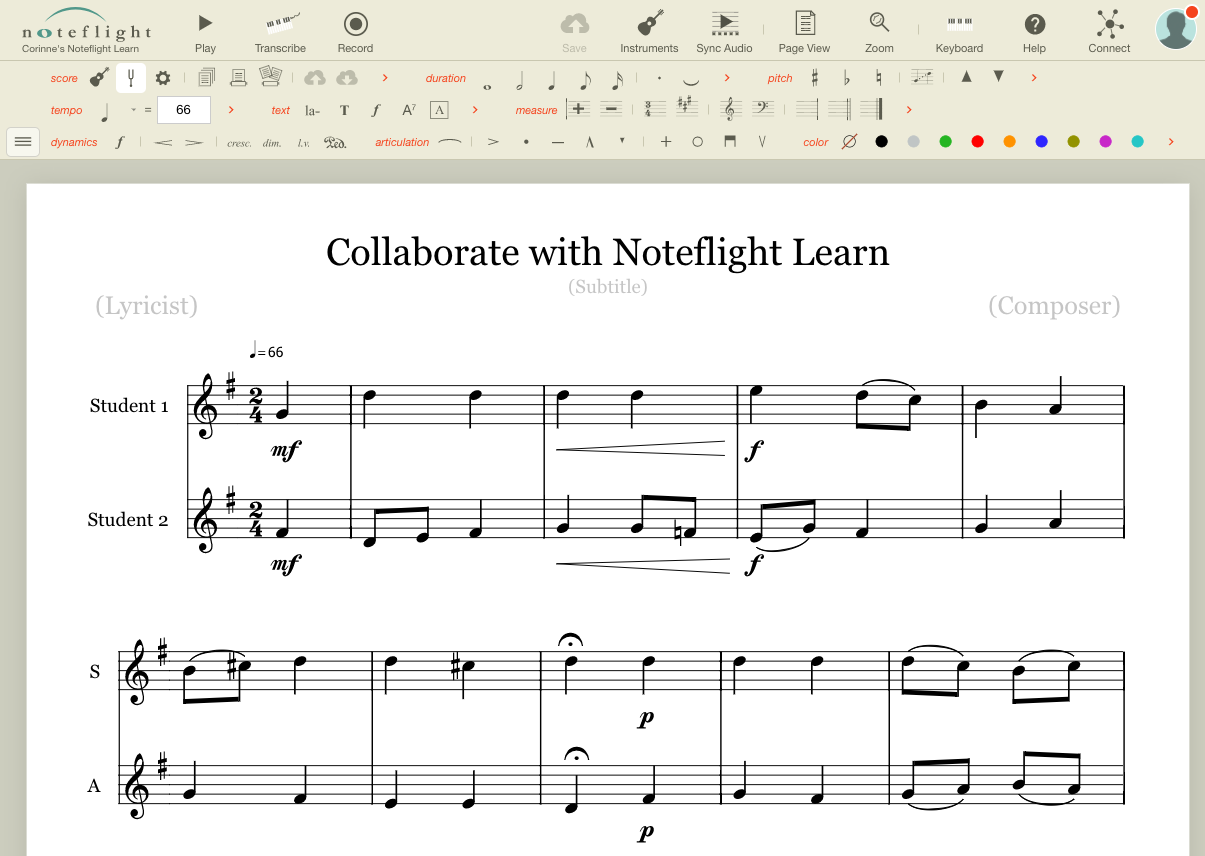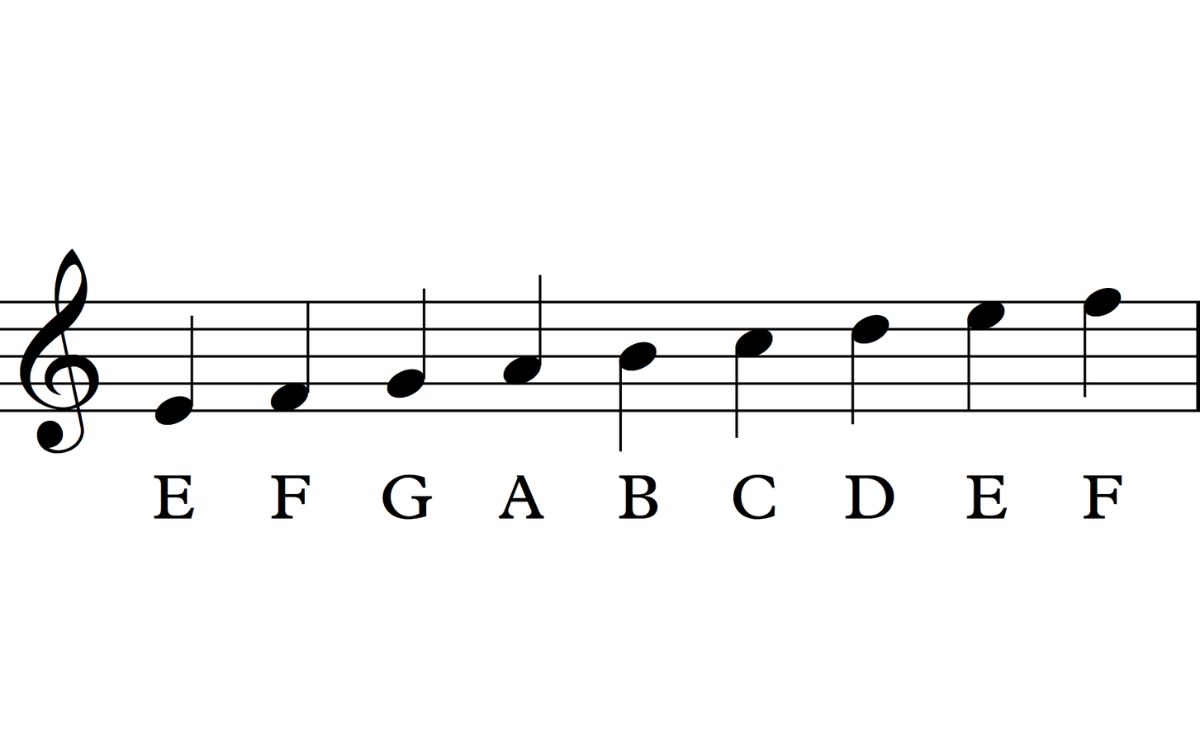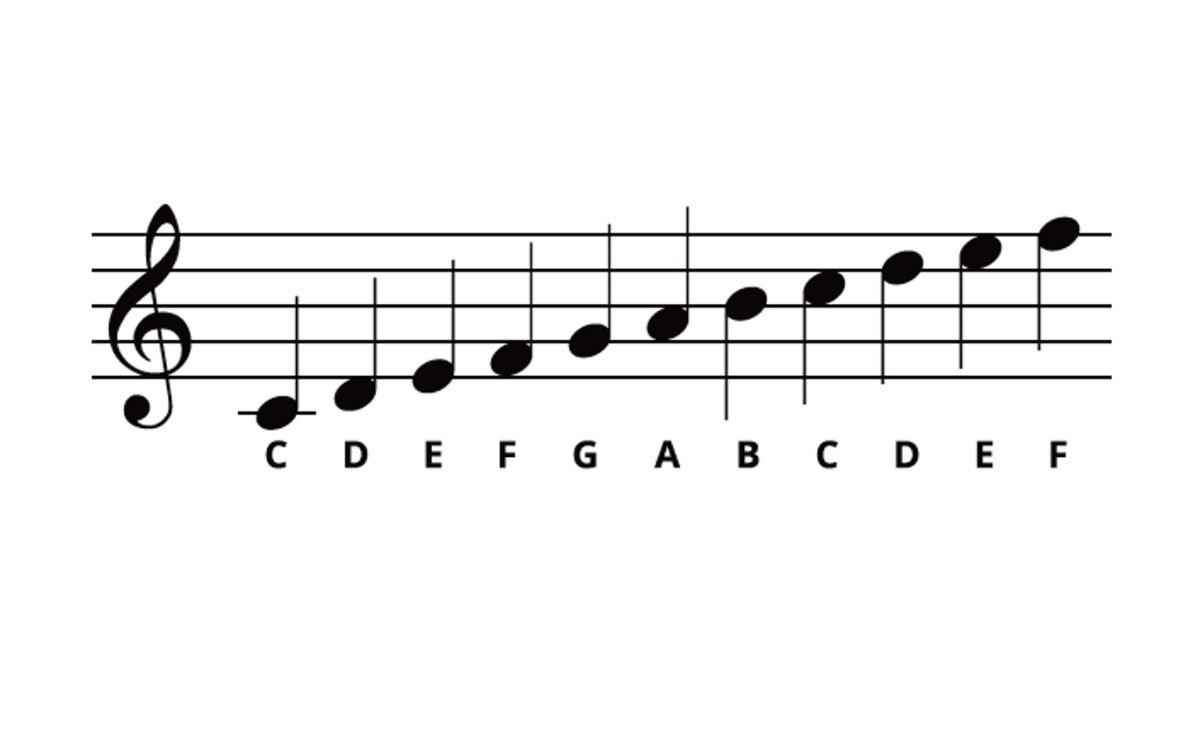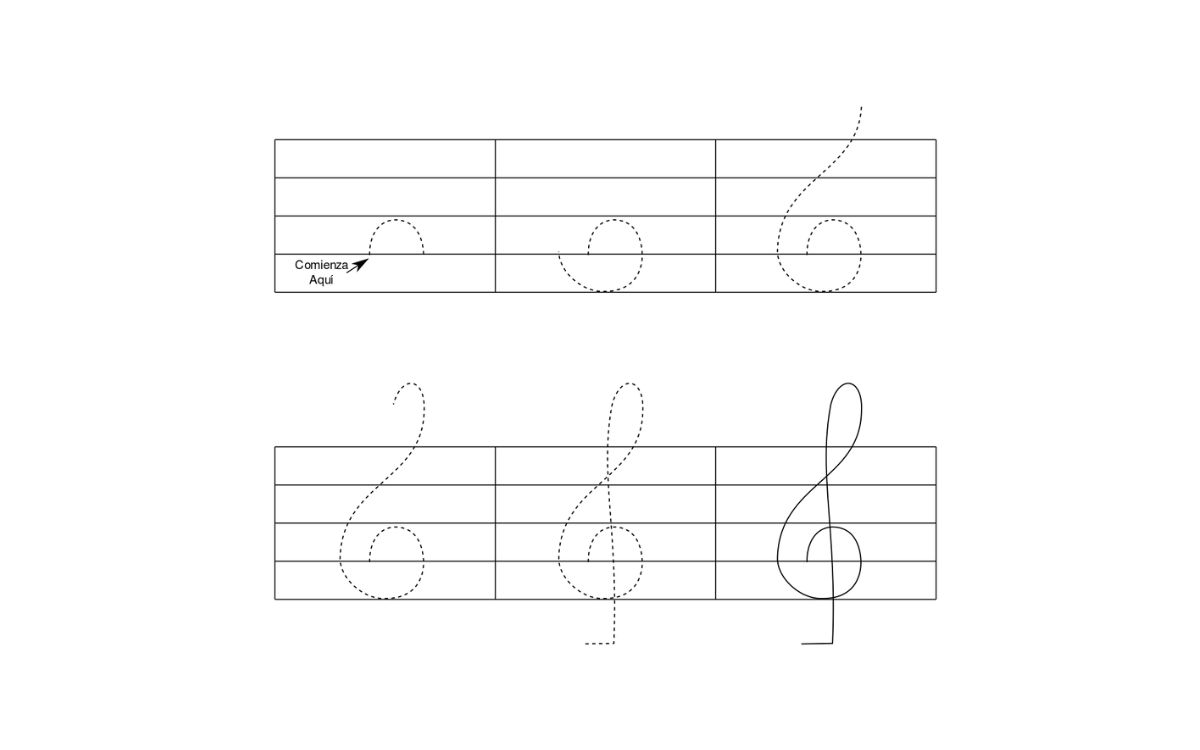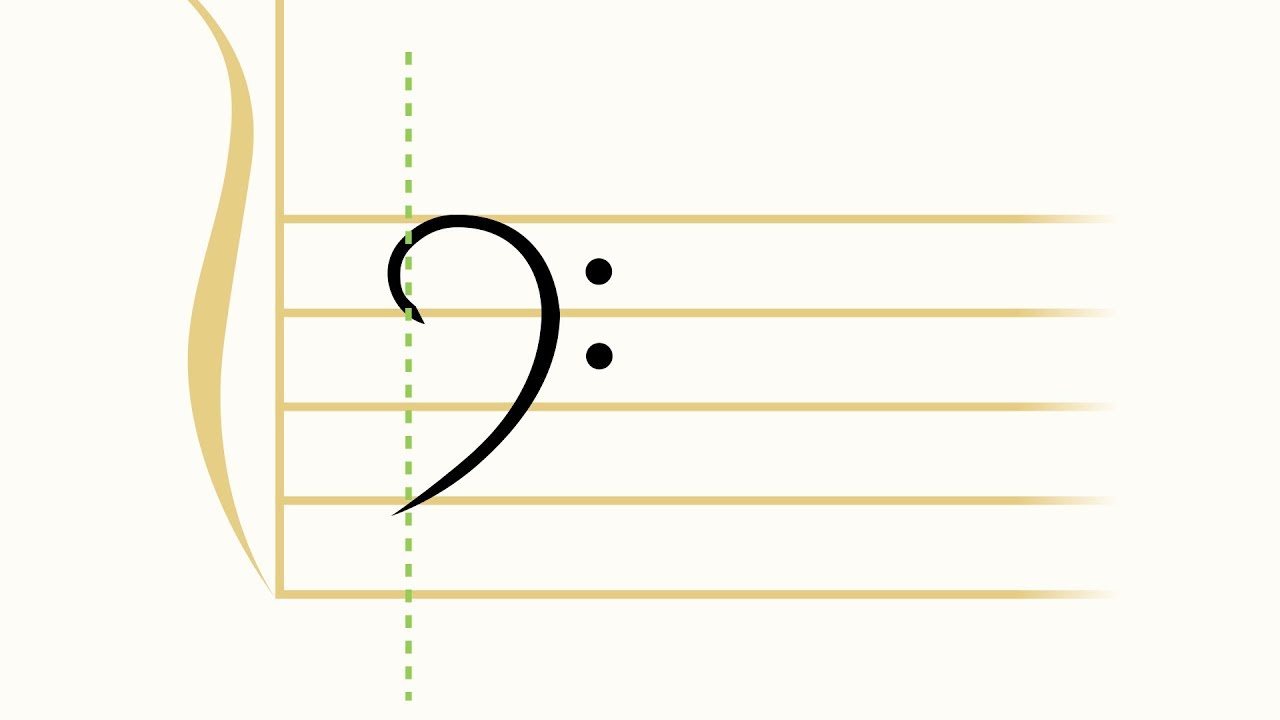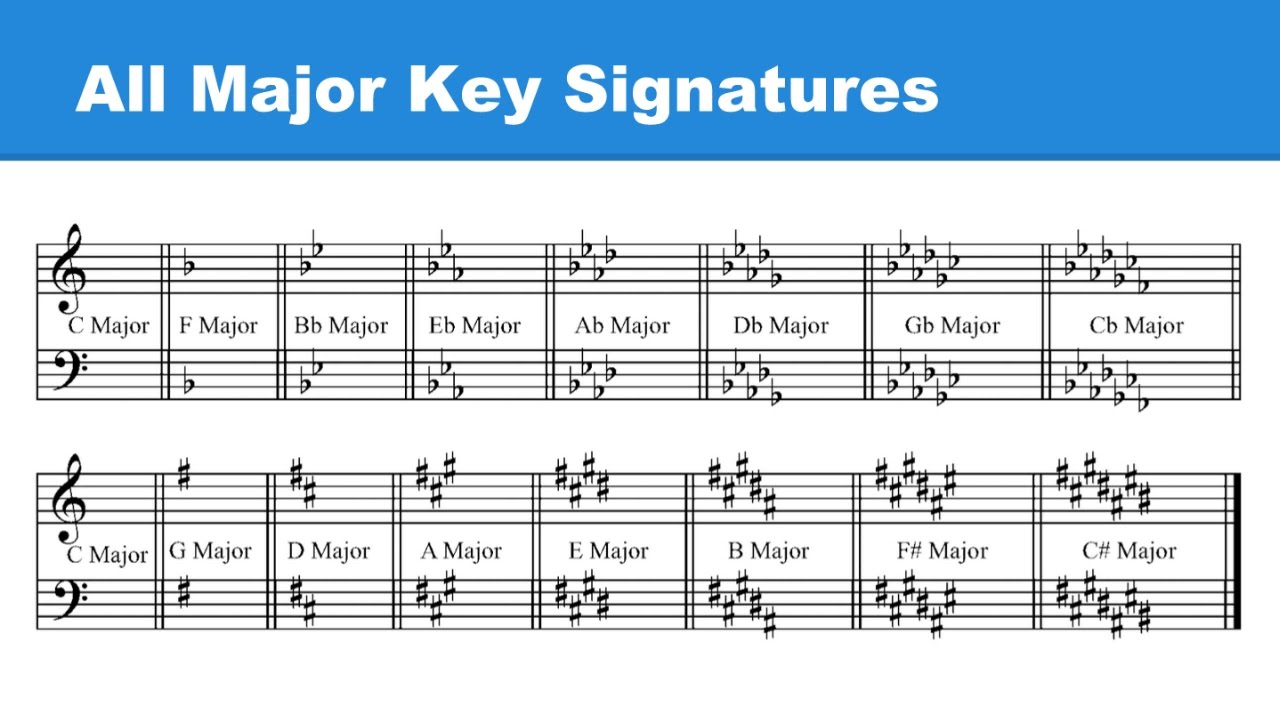Home>Production & Technology>Treble>How To Transpose Treble Clef To Bass Clef Music
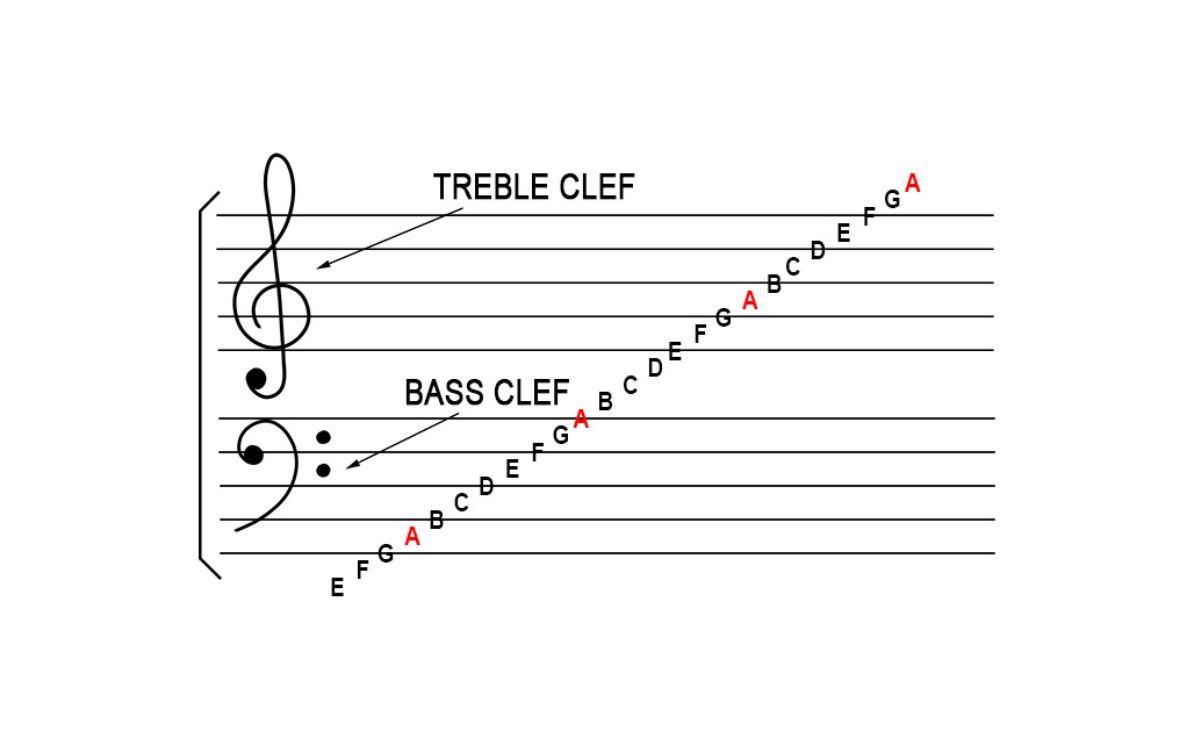

Treble
How To Transpose Treble Clef To Bass Clef Music
Modified: January 22, 2024
Learn how to transpose treble clef music to bass clef with this step-by-step guide. Discover the essential techniques to navigate between different clefs and expand your musical skills.
(Many of the links in this article redirect to a specific reviewed product. Your purchase of these products through affiliate links helps to generate commission for AudioLover.com, at no extra cost. Learn more)
Table of Contents
Introduction
Welcome to the world of music! Whether you’re a passionate musician or simply curious about the intricacies of musical notation, understanding how to transpose music can greatly enhance your musical journey. In this article, we’ll be focusing specifically on transposing treble clef music to bass clef, a skill that can open up new possibilities for performers and composers alike.
The treble clef and bass clef are two fundamental symbols used in written music to indicate different pitches. The treble clef, also known as the G clef, is typically used for higher-pitched instruments, such as the piano’s right hand, violin, or flute. On the other hand, the bass clef, or F clef, is commonly utilized for lower-pitched instruments like the piano’s left hand, cello, or bass guitar. It’s essential to understand how to transpose between these two clefs, as it enables musicians to play music originally written for one instrument using a different one.
Transposing music from treble clef to bass clef can provide several benefits. For example, a pianist who primarily reads treble clef music can expand their repertoire by transposing bass clef pieces to their comfortable range. Similarly, a composer can write music initially intended for a particular instrument in treble clef, and then transpose it to bass clef for another instrument.
Transposing music requires an understanding of key signatures, interval relationships, and how different instruments translate written notes to sound. By learning the techniques and steps for transposing treble clef music to bass clef, you’ll gain the ability to explore a broader range of musical possibilities and enhance your musicality.
Now that we have a clear understanding of what transposing music involves and the benefits it brings, let’s delve into the specifics of how to transpose treble clef music to bass clef. By closely following the steps and techniques provided, you’ll be smoothly transposing music and expanding your musical repertoire in no time.
Understanding Treble Clef and Bass Clef
Before we dive into the process of transposing music from treble clef to bass clef, let’s take a moment to understand the significance of these clefs in written music.
The treble clef, also known as the G clef, is identified by the curly line that wraps around the second line on the staff. This symbol indicates that the notes written on or above the second line are higher in pitch. The treble clef is commonly used for instruments that produce higher-pitched sounds, such as the piano’s right hand, violin, flute, and many others.
The bass clef, or F clef, is distinguished by the two dots that surround the fourth line on the staff. This clef represents lower-pitched notes, and instruments such as the piano’s left hand, cello, bass guitar, and many others are notated in bass clef.
Understanding the placement of the notes on the staff is crucial in deciphering the pitch and range of the music. In treble clef, the lines represent the notes E, G, B, D, and F, from bottom to top, while the spaces represent F, A, C, and E. In bass clef, the lines represent G, B, D, F, and A, from bottom to top, while the spaces represent A, C, E, and G.
Transposing from treble clef to bass clef requires shifting the notes from the higher range to the lower range while maintaining proper note relationships and key signatures. This process ensures that the melody, harmony, and overall musical structure remain intact despite the change in clef.
Being proficient in theory and note reading is essential for understanding the intricacies of transposing between the treble and bass clef. Familiarize yourself with the note names, key signatures, and intervals in both clefs to effectively transpose music and elevate your musical abilities.
Now that we have a solid grasp of the treble and bass clef and their respective roles in written music, let’s move forward with the steps and techniques for successfully transposing treble clef music to bass clef. Grab your music sheet, and let’s begin!
Steps to Transpose Treble Clef Music to Bass Clef
Transposing treble clef music to bass clef involves a systematic process that ensures a smooth transition while maintaining the original musical intent. Here are the steps to follow when transposing:
- Identify the key signature: Start by determining the key signature of the original treble clef music. This will help you understand the sharps or flats present in the piece and how they translate to the bass clef.
- Shift the entire piece down an octave: Since the bass clef notation is an octave lower than the treble clef, all the notes need to be shifted down by eight diatonic steps. This means that if a note in treble clef is written on the third line, it should be written on the first space in the bass clef.
- Adjust the key signature: If the original treble clef music has sharps or flats in the key signature, you need to transpose these accordingly. For example, if there is a sharp for F in the treble clef, it should be transposed as a sharp for C in the bass clef.
- Modify the accidentals: Look for accidentals, such as sharps, flats, or naturals, within the piece. These need to be adjusted to match the new key signature in the bass clef. Remember to apply any necessary accidentals consistently throughout the transposed music.
- Adjust the intervals: Pay close attention to the intervals between the notes and ensure they remain consistent while transposing. This is crucial in maintaining the melodic and harmonic structure of the piece. If there are any intervals larger than an octave, make sure to transpose them accordingly.
- Check for ledger lines: Ledger lines are used to notate pitches that are above or below the staff. When transposing to bass clef, ensure that any notes requiring ledger lines are properly adjusted and placed on the correct line or space.
- Proofread and play through the transposed music: Once you have completed the transposition, double-check for any errors or inconsistencies. Play through the transposed music to ensure it sounds correct and matches the original piece in terms of melody, rhythm, and overall musicality.
Remember, transposing music requires practice and a solid understanding of musical theory. As you become more familiar with the process, you’ll gain confidence and proficiency in transposing treble clef music to bass clef. Don’t be discouraged if it takes some time to master this skill – with patience and persistence, you’ll soon be able to effortlessly transpose music and expand your repertoire.
Techniques for Transposing Music
Transposing music from treble clef to bass clef is not only a technical process but also an opportunity for creativity and musical expression. Here are some techniques and tips to consider when transposing:
- Transpose by interval: One effective technique is transposing the music by interval. This involves identifying the interval between the original note in treble clef and its corresponding note in bass clef. By maintaining this interval relationship, you can easily transpose the entire piece. For example, if a note in treble clef is a major third above the starting pitch, the transposed note in bass clef should also be a major third above the starting pitch.
- Utilize a piano or keyboard: If you have access to a piano or keyboard, it can be a helpful tool for visually and audibly understanding the transposition process. Play the original piece on the piano using the treble clef, and then gradually shift your hands down to the bass clef, transposing the notes as you go. This hands-on approach can significantly enhance your understanding of the transposition process.
- Take advantage of transposing instruments: Certain instruments, such as the saxophone or trumpet, are considered transposing instruments. This means that they are notated in a different key than the actual sounding pitch. By utilizing these transposing instruments, you can simplify the process of transposing from treble clef to bass clef. Play the music as written in the treble clef on the transposing instrument, and the resulting pitch will already be in the bass clef range.
- Experiment with different octaves: While the standard transposition involves shifting the music down an octave, don’t be afraid to explore different octaves if it suits the range of the bass clef instrument you are transposing for. This flexibility allows you to add your own creative touch and adapt the music to best fit the desired instrument.
- Consider the overall musicality: As you transpose the music, keep in mind the overall musicality and the intended mood of the piece. Some notes or phrases may need slight adjustments to ensure the desired musical effect is achieved. Allow your musical instincts to guide you and make any necessary modifications to enhance the performance.
Remember, transposing music is both a technical process and an opportunity to express your musicality. Don’t be afraid to experiment and make the transposed version your own. As you become more skilled in transposing from treble clef to bass clef, you’ll develop a deeper understanding of music theory and expand your versatility as a musician.
Conclusion
Transposing treble clef music to bass clef opens up a world of possibilities for musicians and composers. With the ability to transpose, musicians can explore a wider range of repertoire and adapt music to suit different instruments. By following the steps and techniques outlined in this article, you can confidently transpose music from treble clef to bass clef and expand your musical horizons.
Understanding the differences between treble and bass clef and how they represent different pitch ranges is key to successfully transposing music. By familiarizing yourself with the key signatures, note placements, and intervals in both clefs, you’ll be better equipped to navigate the transposition process.
Remember to approach transposing music with creativity and musicality. Experiment with different techniques, such as transposing by interval or utilizing transposing instruments, to find the approach that works best for you. Take the time to play through the transposed music, proofread for accuracy, and ensure it captures the essence of the original piece.
Transposing music requires practice and patience. It may take time to develop proficiency, but with dedication and persistence, you’ll soon be able to transpose treble clef music to bass clef seamlessly and confidently.
So, whether you’re a pianist expanding your repertoire, a composer writing for different instruments, or simply a musician looking to deepen your musical knowledge, transposing treble clef music to bass clef is a valuable skill to possess. Embrace the challenge and enjoy the creative possibilities that arise as you venture into the world of transposition. Happy transposing!

